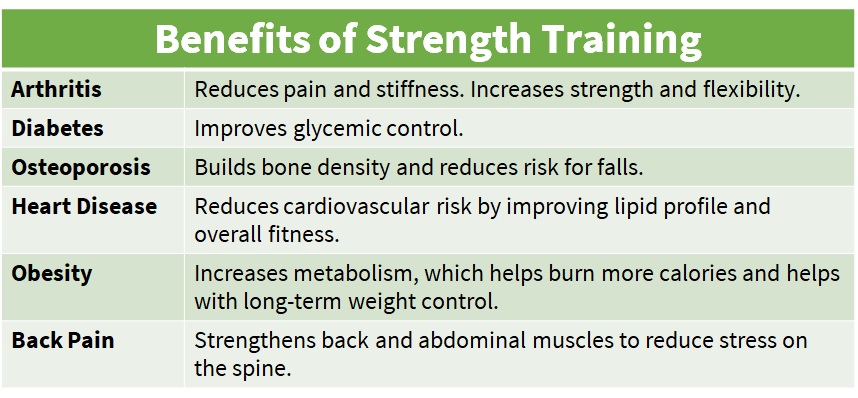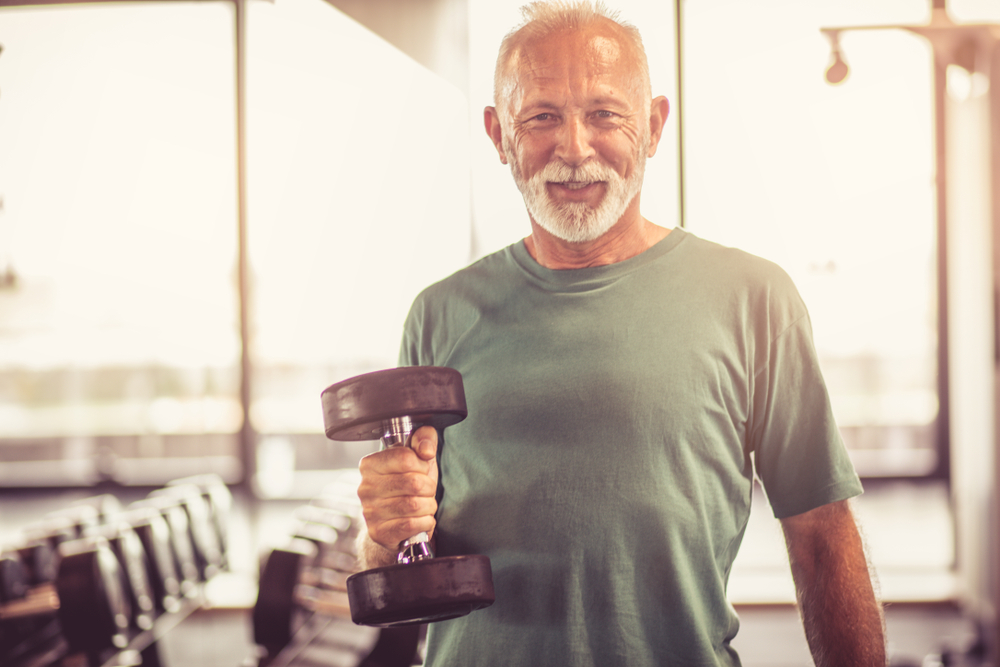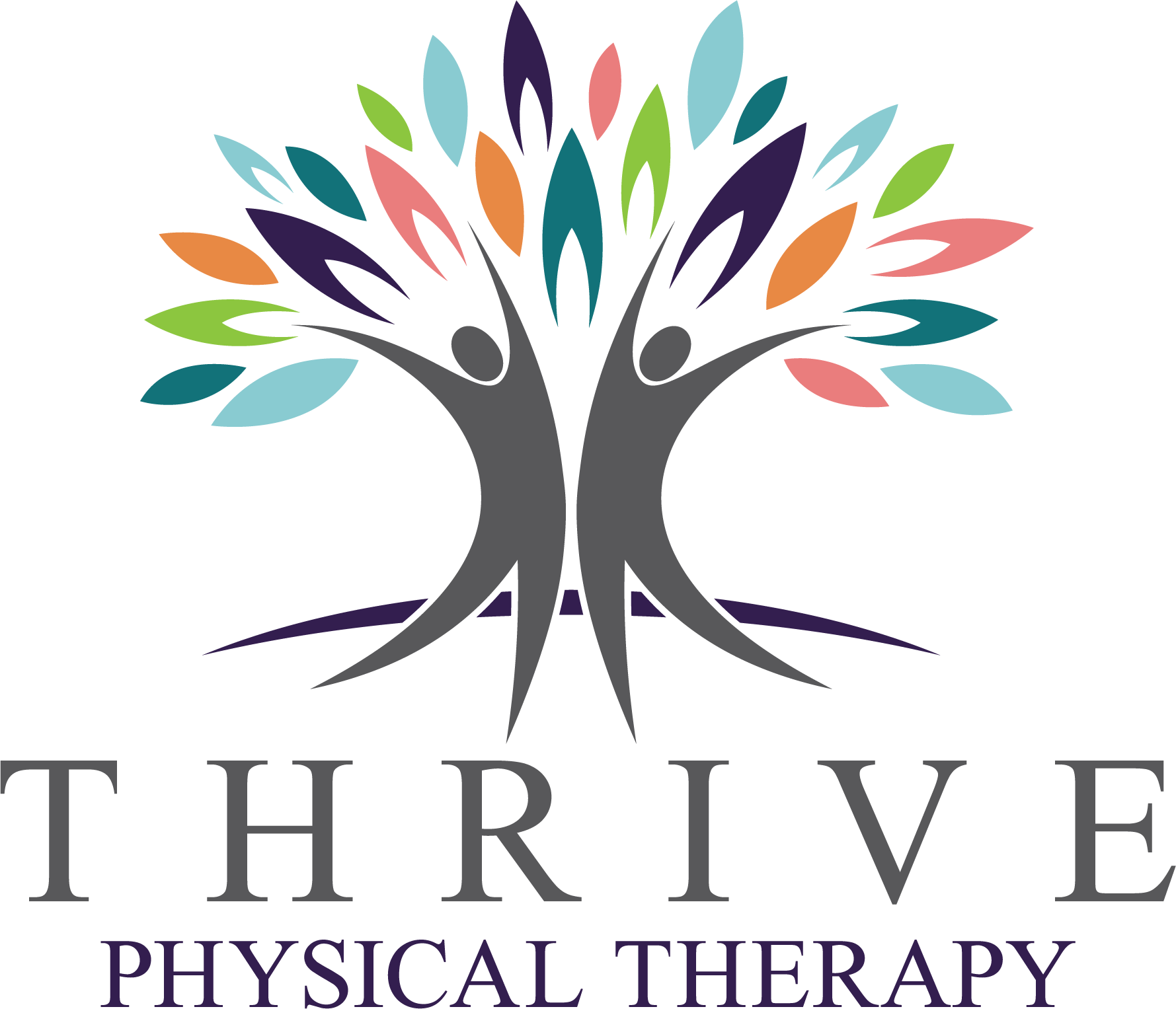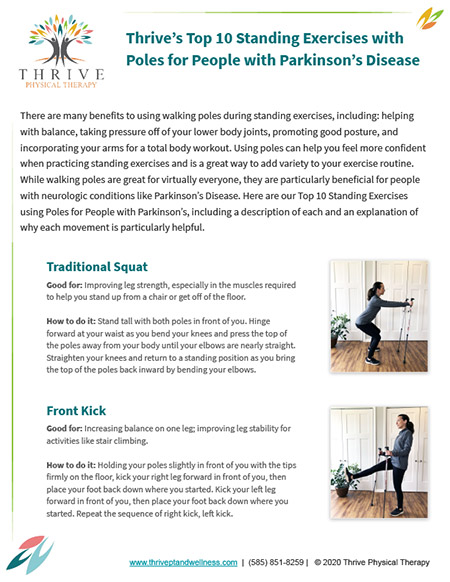Imagine that you had to lift something that was as heavy as you could possibly handle, every single day.
How would you feel afterward?
Tired, shaky, and wanting a rest?
You may be picturing huge barbells…

But what if that thing you were lifting was as innocent as your laundry basket?
A gallon of milk?
Your grandchild?
Your own body weight when you rise from a chair?
For many older adults, simple everyday tasks require muscle strength that is at or near their full capacity. This is called 1-RM living.
1-RM (Repetition Max) refers to the maximum amount of weight that a person can possibly move for 1 repetition.
If your day-to-day tasks approach your 1-RM, you’ll find yourself pretty darn exhausted and worn-out all the time. Life will be hard and you’ll have a high risk for injury and hospitalization.
But the good news is that a 1-RM lifestyle is not inevitable, and you can significantly improve your situation through strength training.
Lifting weights isn’t just for bodybuilders. In fact, nearly every adult should prioritize strength training as a key component of their exercise regime if they want to add more life to their years.
Many people think of a general loss of energy and difficulties with movement like having a hard time walking, climbing stairs, or carrying groceries as just a part of aging. In fact, these things are often more specifically attributable to muscle loss. As we get older, unless our muscles are adequately stimulated, we begin to lose muscle mass at an alarming rate of 3–8% per decade after the age of 30 (1). After age 60 our muscle power decreases even more rapidly, with a decline of 3-5% every year, which impairs our ability to move and react quickly. This loss of muscle mass is called sarcopenia and it’s a big concern for aging adults because losing strength can contribute to functional declines, injurious falls, and even nursing home admissions (2).
You may be wondering whether strength exercises are right for you, even if you have health conditions like arthritis or heart disease. The answer to that is an emphatic YES! Some people with preexisting, chronic health conditions are among those who benefit the most from strengthening their muscles through resistance training. Studies have shown that lifting weights is effective AND safe for the vast majority of people of all ages. I’ve even listed some specific benefits for different chronic conditions below:

(source for chart: https://www.cdc.gov/nccdphp/dnpa/physical/growing_stronger/growing_stronger.pdf)
I hope I’ve convinced you that strength training is right for you. If you’re ready to get started keep these tips in mind:
- You should be lifting an amount of resistance that feels heavy for YOU. This will vary widely depending on your individual abilities. For some people, lifting a soup can is heavy enough, while others may require a loaded grocery bag. Improved strength results from actually creating change in your muscles. In order to make that happen, you must work at 60% of your maximum capacity or greater. If you lift weights that are too light, you won’t create the necessary structural changes in your muscles.
- Focusing on movements that mimic the ones you are trying to improve will help you get the most out of your strength training. Do you have difficulty getting up from low chairs? Doing squats will target this functional challenge and strengthen the muscles involved with getting out of a chair. Do you have a 30 lb grandchild that just loves to be held? Gain the muscular endurance and stability to do this by practicing weighted carries. And for those who’d like to be able to safely and easily pick up a laundry basket or bag of groceries from the floor (isn’t that all of us?), deadlifts (terrible name, I know!) are an incredibly effective way to target this everyday, essential task.
- Give your muscles time to rest and recover. You should do strength training 2-3 days per week with at least 1 day of rest in between sessions to allow your muscles to recover. Some people like to strength train more often, which is OK, as long as you focus on specific areas and then give them adequate rest. For example, you could strengthen your arms on Monday and your legs on Tuesday.

- Expect to be sore- this is a good thing! DOMS (Delayed Onset Muscle Soreness) occurs 1-2 days after strength training. You can expect to be a bit sore, achy, and stiff. These are signs that your muscles are actually building back even stronger than before your workout! DOMS is a good thing and signals to you that you achieved the load required to create skeletal muscle rebuilding. DOMS typically lasts between 3-5 days, at the most. Gentle self-massage or foam rolling can help ease DOMS-related stiffness. Compression clothing, warm epsom salt baths, and taking anti-inflammatory medications (if OK with your doctor) are also good ways to ease discomfort. Make sure your body is well-equipped to repair your muscles with adequate hydration and protein intake too.
- Find a professional to help. Starting a strength training program can be intimidating and overwhelming. And for people who are older or have chronic health conditions, it can be scary because you want to make sure that what you are doing is safe and beneficial. It’s a great idea to get started with a well-trained professional, like one of our physical therapists at Thrive, to help get you started on the right track to becoming the strongest and fittest version of you!

Here’s to abolishing 1-RM living and moving through all stages of your life with strength and confidence!
- https://www.ncbi.nlm.nih.gov/pmc/articles/PMC2804956/
- https://journals.lww.com/jgpt/Fulltext/2009/32040/White_Paper__Strength_Training_for_the_Older_Adult.2.aspx
- https://www.cdc.gov/nccdphp/dnpa/physical/growing_stronger/growing_stronger.pdf







